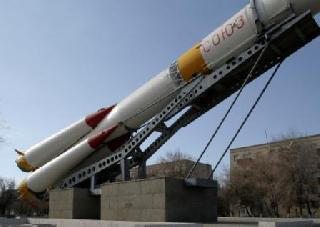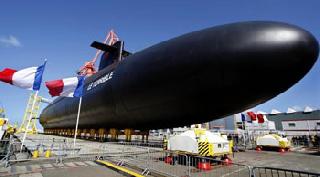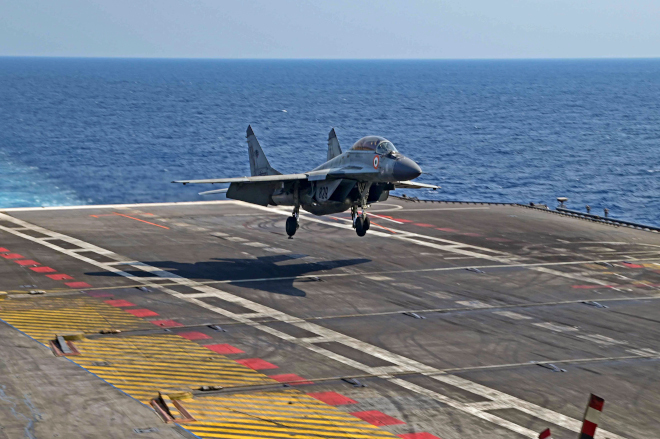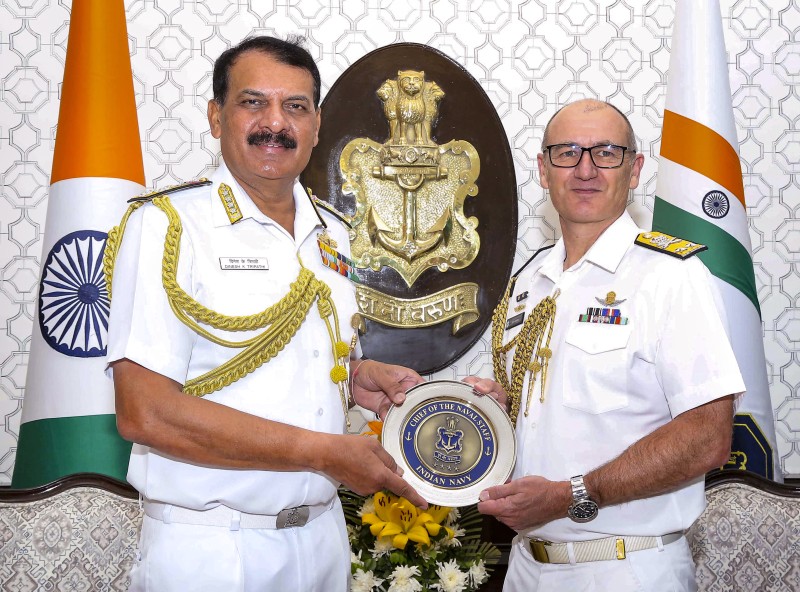
BAIKONUR, KAZAKHSTAN (ITAR-TASS): Russia's Soyuz carrier rocket with the first modernised manned spacecraft will be installed on the launch pad of the Baikonur cosmodrome.
Another crew of the International Space Station (ISS) will be launched in orbit on the Soyuz TMA-M spaceship equipped with digital systems.
"The moving of the Soyuz-FG carrier rocket with the Soyuz TMA-M spaceship attached to it from the operations and checkout building to the launch site will traditionally begin at 05:00, Moscow time (07:00, local time), the rocket will be set on the first - Gagarin launch pad," the Russian Federal Space Agency (Roskosmos) said.
The crew of the next long-term ISS expedition 25/26 will be lifted off to the orbiting station from Baikonur on the night from Thursday to Friday.
During the days remaining before the blastoff specialists will carry out the final checks of the spaceship and the carrier rocket, as well as will fuel the Soyuz-FG rocket.
On Wednesday, October 6, the state commission will make the final decision who will board the spaceship.
Awaiting the commission's meeting the main crew comprising Russian cosmonauts Alexander Kaleri, Oleg Skripochka and NASA astronaut Scott J. Kelly together with the backup crew Sergei Volkov, Oleg Kononenko and NASA astronaut Ronald J.
Garan are completing the final pre-flight training and breathe the Earth's air during daily walks. After the launch the main ISS crew will be able to breathe in the scents of the Earth only in five months when their orbital mission is completed.
The launch of the Soyuz TMA-M from the Baikonur cosmodrome is scheduled for 03:11, Moscow time on October 8.
The International Space Station is an internationally developed satellite currently being assembled in Low Earth Orbit. Primarily a research laboratory, the ISS offers an advantage over spacecraft such as NASA's Space Shuttle because it is a long-term platform in the space environment, where extended studies are conducted.
The presence of a permanent crew affords the ability to monitor, replenish, repair, and replace experiments and components of the spacecraft itself.
Scientists on Earth have swift access to the crew's data and can modify experiments or launch new ones, benefits generally unavailable on specialised unmanned spacecraft.
 Previous Article
Previous Article Next Article
Next Article









The Indian Air Force, in its flight trials evaluation report submitted before the Defence Ministry l..
view articleAn insight into the Medium Multi-Role Combat Aircraft competition...
view articleSky enthusiasts can now spot the International Space Station (ISS) commanded by Indian-American astr..
view article